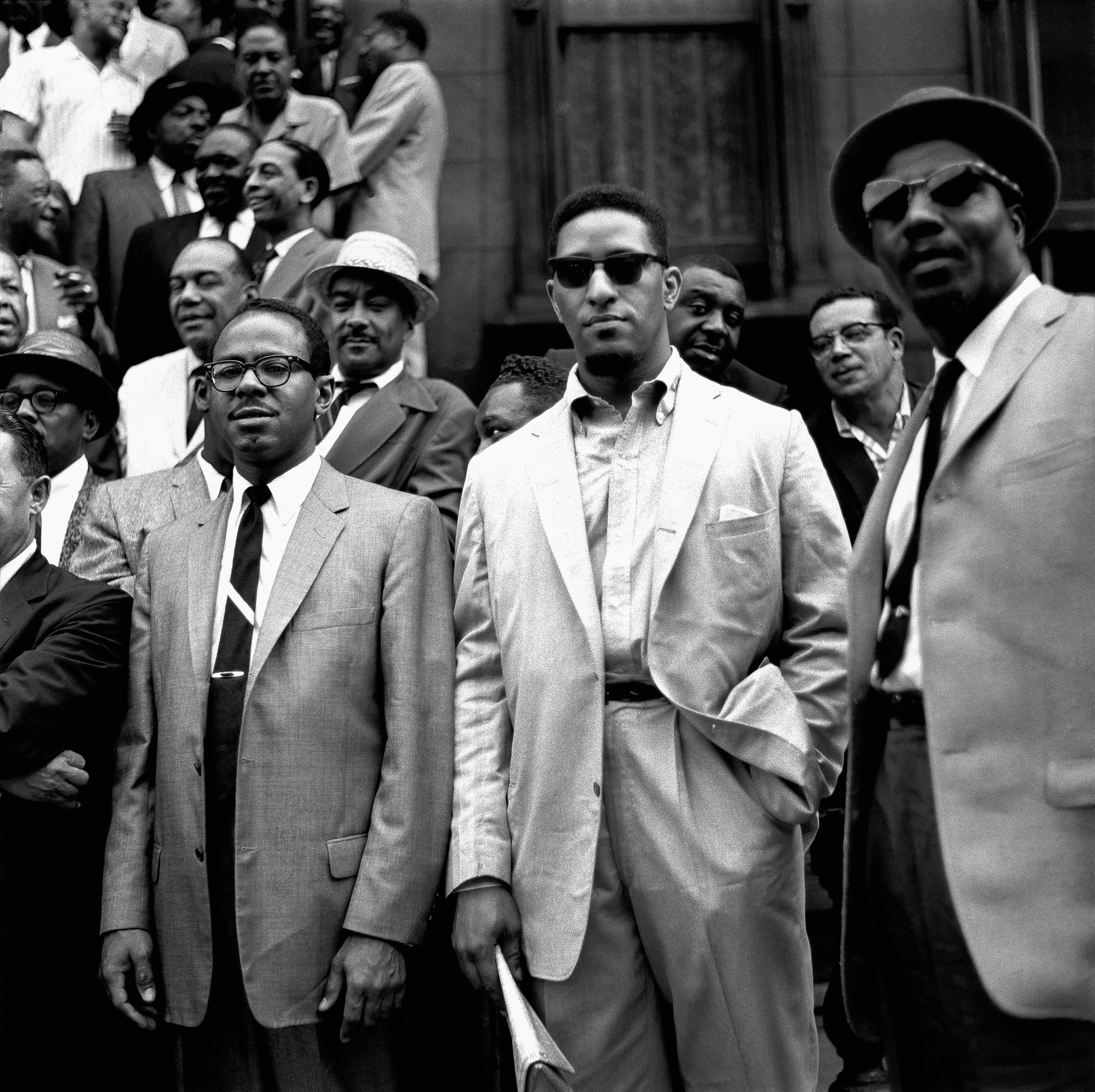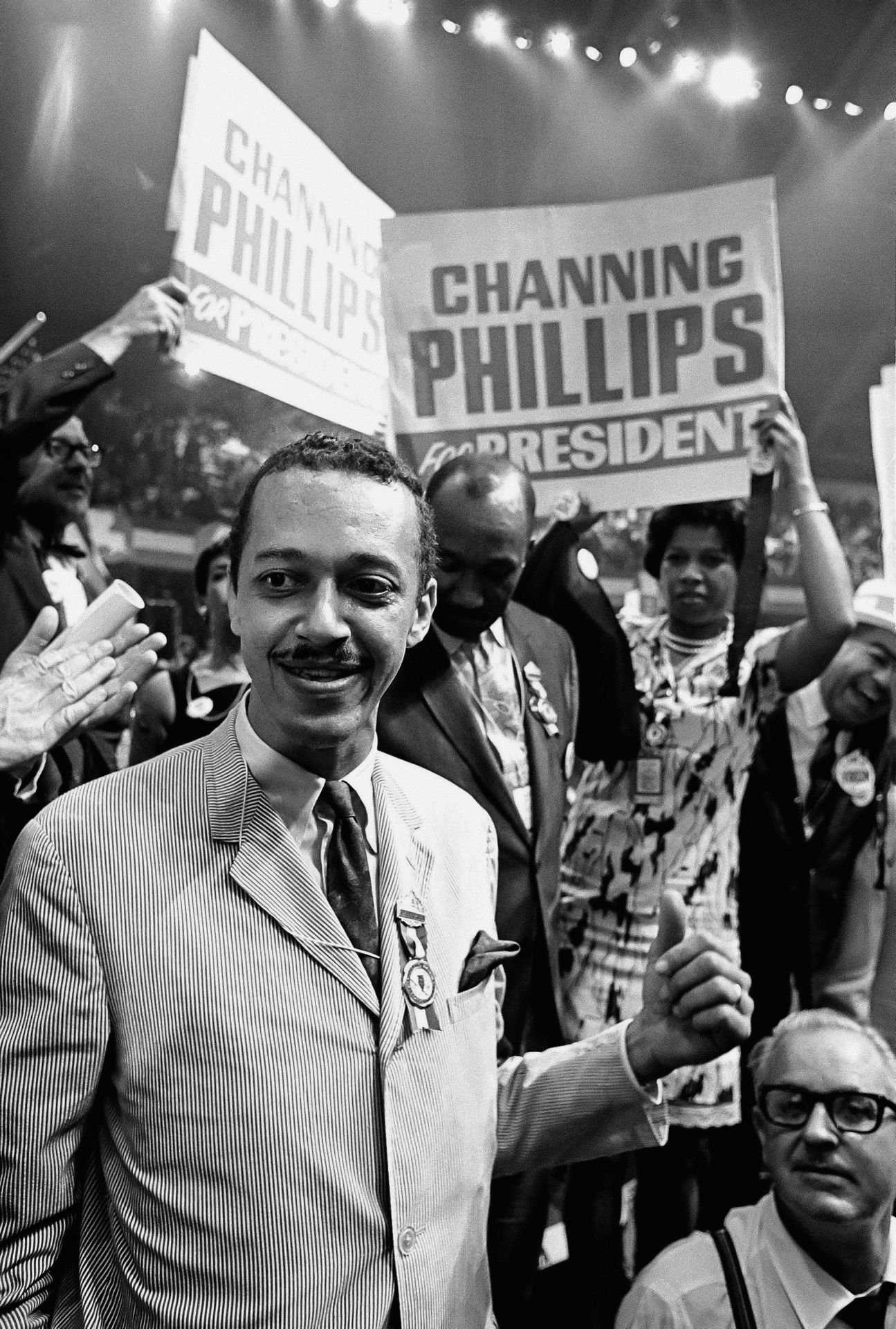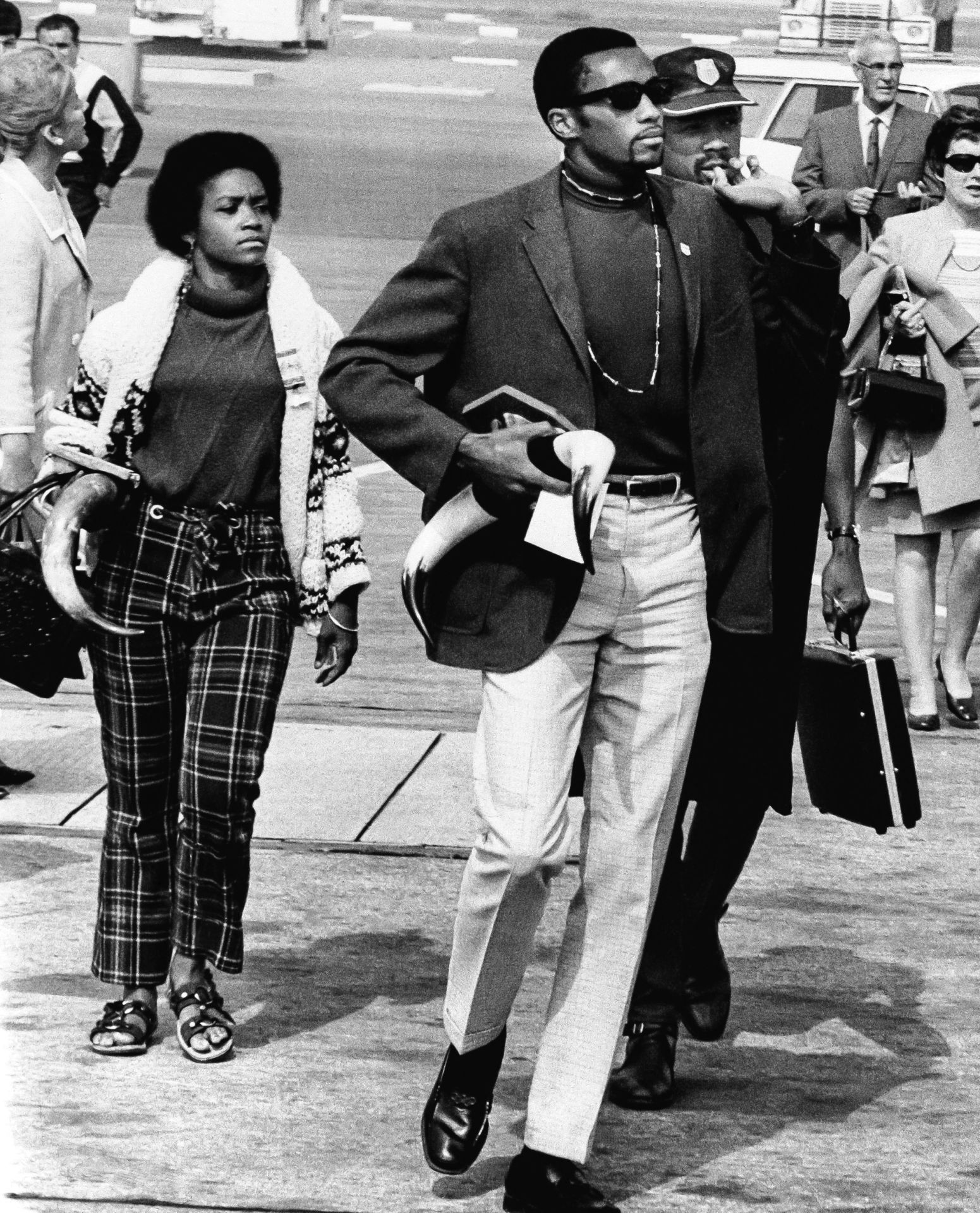Clothing can tell stories, bear hidden meanings and relay silent messages through tightly-packed crowds. It can also kickstart a revolution. Jason Jules’ new book, Black Ivy: A Revolt in Style, due out December 7th, 2021 via Reel Art Press, proves this.
The book details how Black individuals like Malcolm X, Martin Luther King Jr., James Baldwin, Miles Davis and John Coltrane reinterpreted traditionally prep designs like the Oxford button-down shirt, hand-stitched loafer, soft shoulder three-button jacket and repp tie for their own wear — and changed menswear forever by doing so.
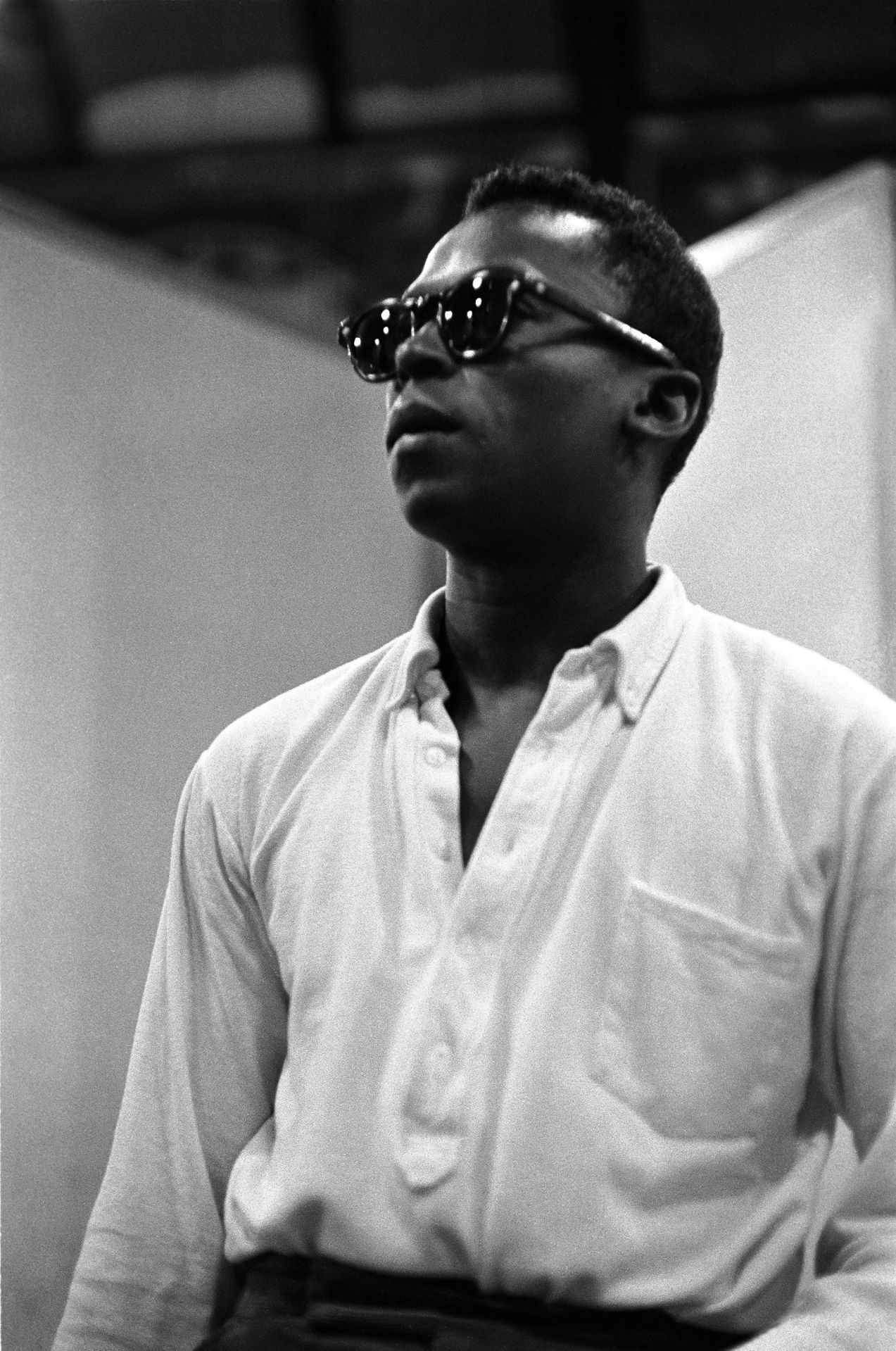
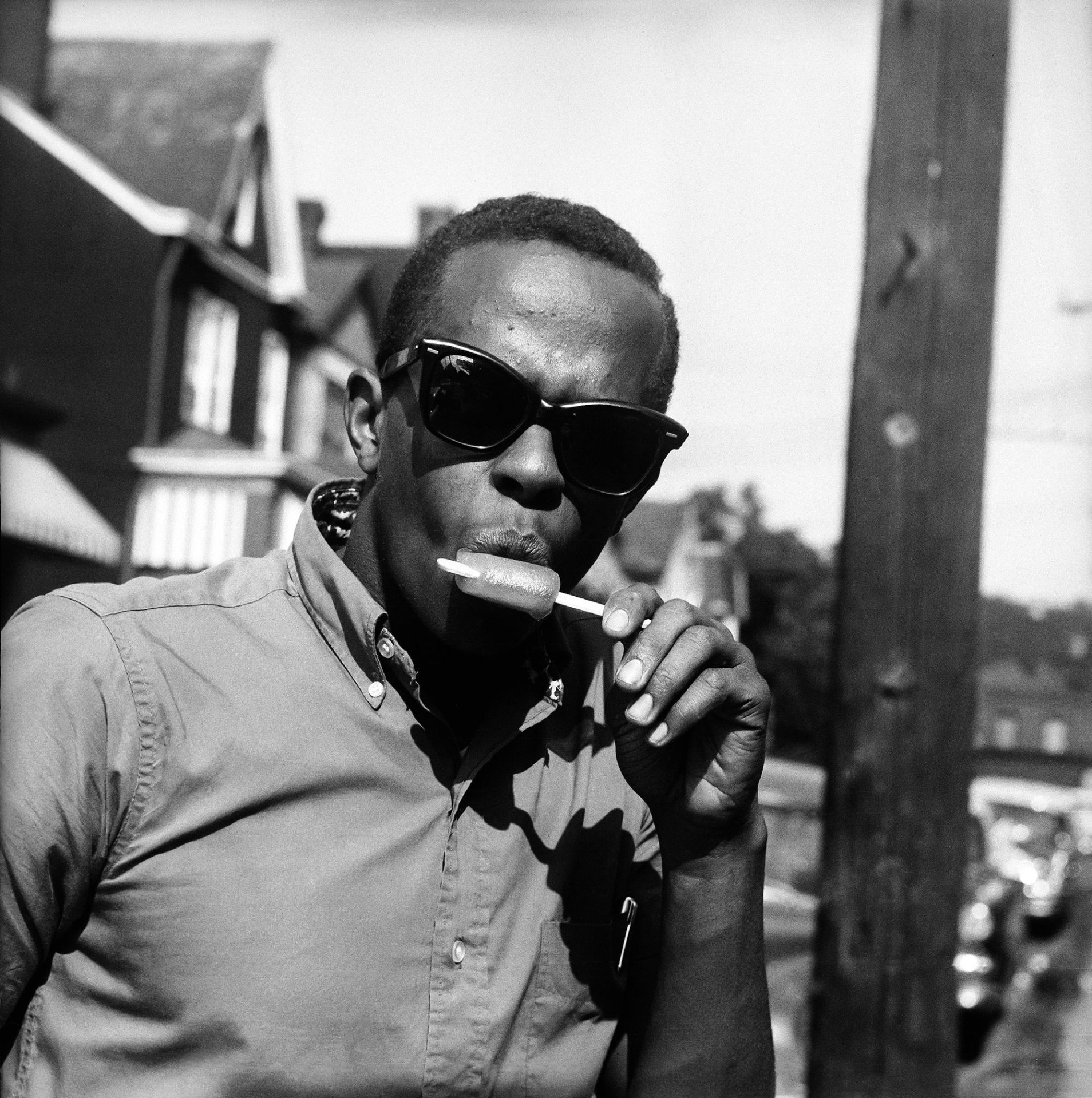
“Black Ivy style became a thing in and of itself, distinct from Ivy but always related to it,” Jules says. “Ironically, the characterization of Ivy league clothing as quintessentially cool is due in no small part to the enormous, but until now undocumented, influence Black Ivy style has had on mainstream culture —past and present. The old adage, it’s not what you wear it’s how you wear it, is never truer than in the case of Black Ivy style, where the classic Ivy wardrobe was comprehensively raided and then remixed and re-envisioned, away from its elitist confines, away from its mass-market popularity, and into something heavily coded and intentionally revolutionary.”
There’s a thread that connects today’s prep resurgence and the sartorial efforts of these men in the ’50s and ’60s. Prep is cool once more because new designers and brands are removing it from its original context — aka the wretches of global elites (which are predominantly white) — in the same way King Jr., Baldwin and Davis did. But to understand today’s trends, you have to educate yourself on the cast that set the revolution in motion.
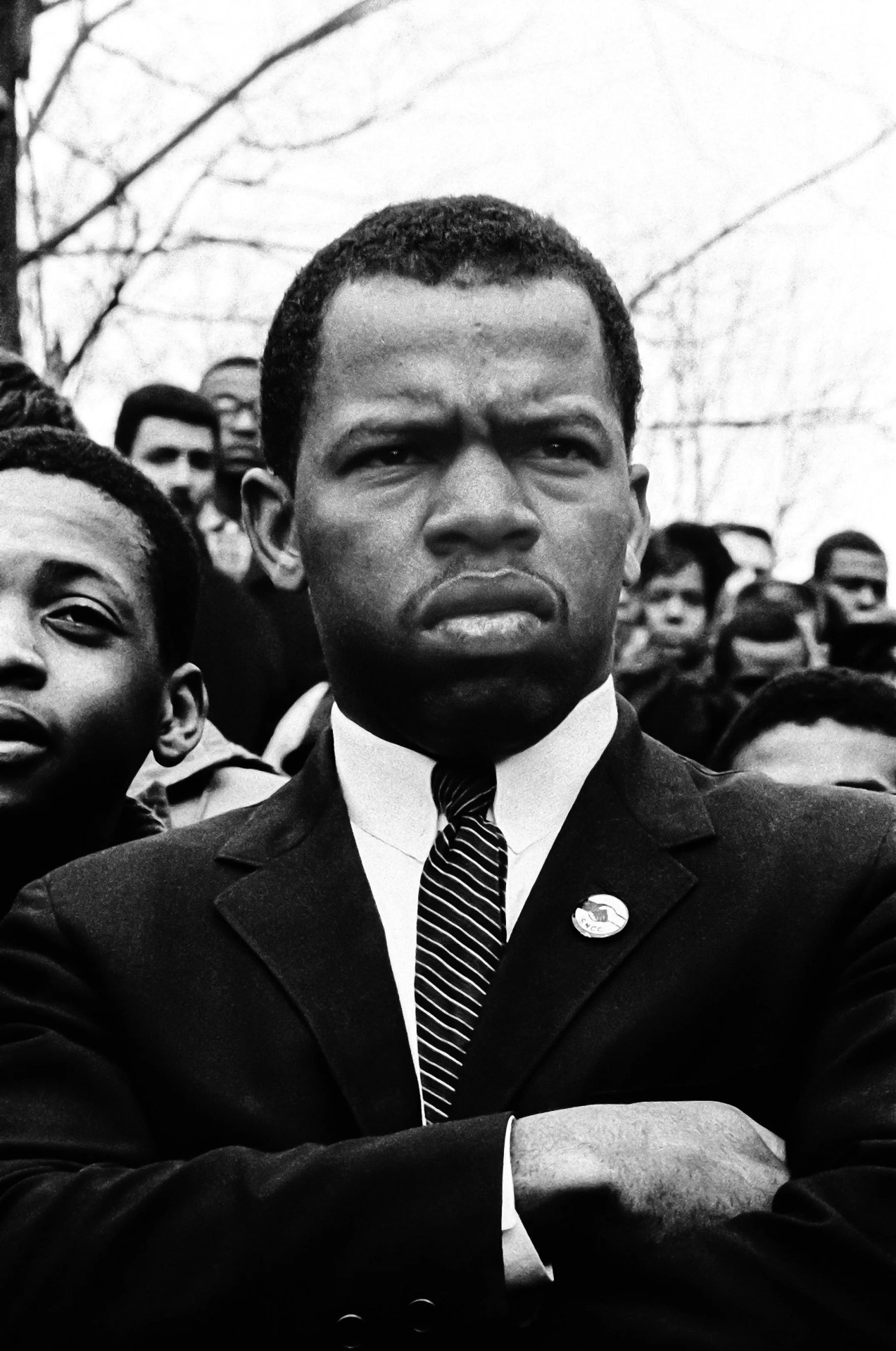
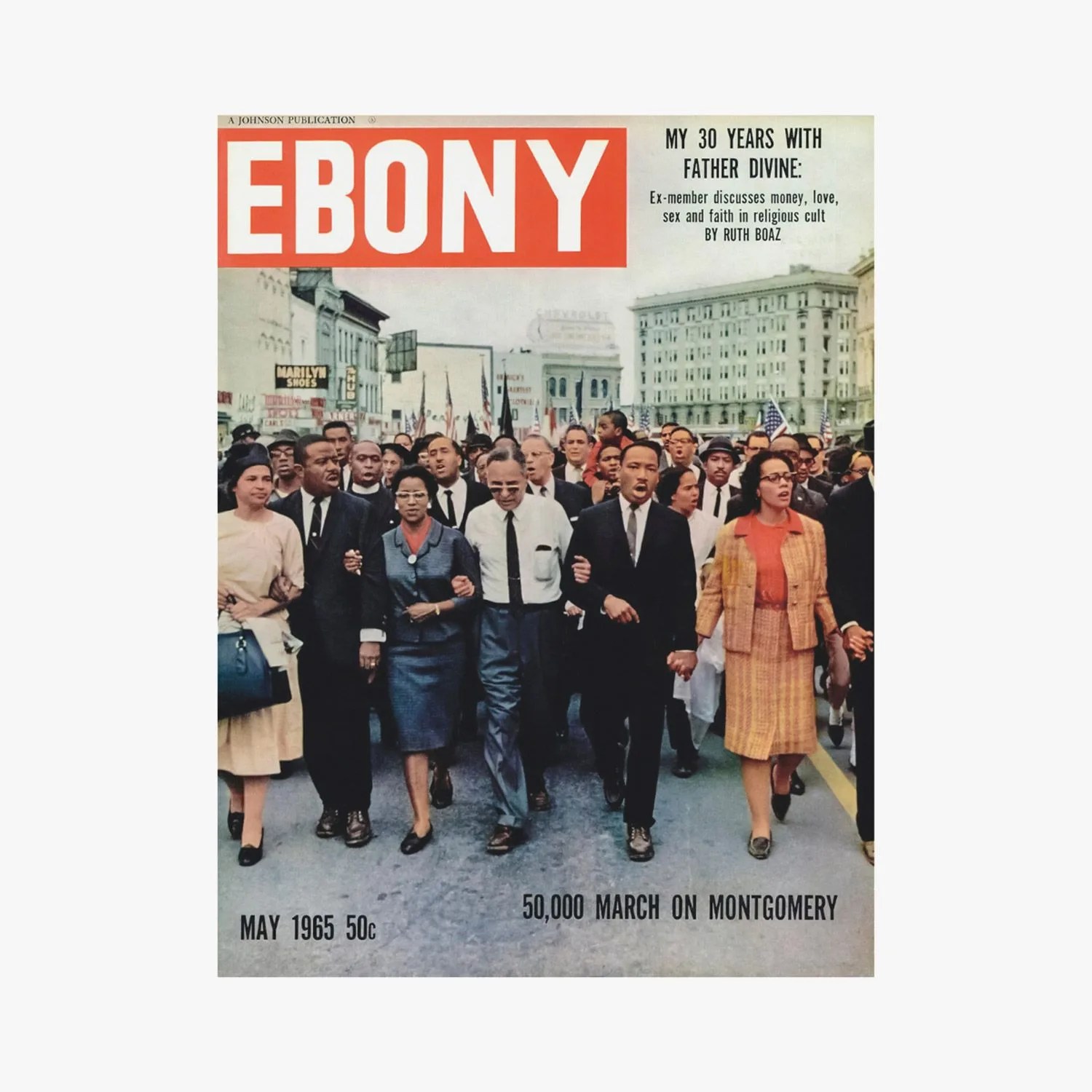
Jules, a popular prep model, public relations expert, consultant for brands like Levi’s and Wrangler and seminal style blogger, noticed the new way of dressing early, when he was a child still.
